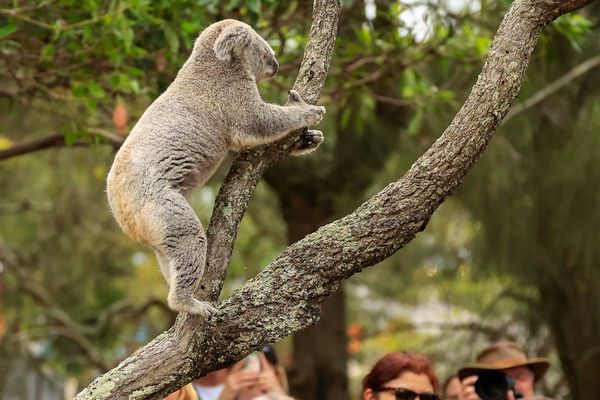
Roma, Gypsies and Travellers have not made as much progress as other minority groups in the UK because of deeply entrenched racist attitudes towards them, the Turner prize-nominated artist Delaine Le Bas has said.
Le Bas, who has spent her career exploring themes connected to her Romani Traveller heritage, said that Traveller communities have been “stuck in place” by stereotypes and hostile newspaper coverage.
She said: “Unlike some other different groups, I feel they’ve really been stuck in a place where they’ve not made a lot of progress forward. It’s been really difficult.”
The artist pointed out the recent allegations of false imprisonment, negligence and excessive use of force levelled at Greater Manchester police after Romani Gypsies and Irish Traveller children were stopped from attending Christmas markets.
Children as young as 10 were allegedly forced on to trains that took them 100 miles from home.
Le Bas said: “I mean, the case with the young kids in Manchester was just quite awful … there have been some really bad incidents historically as well.”
Entrenched anti-Traveller attitudes and negative press coverage focused on antisocial activity is partly to blame for the treatment of her community, said Le Bas, whose work often confronts those perceptions.
“I suppose what I’m trying to do is sort of counter-balance that, but also maybe bring some subtlety,” she said. “Because I don’t feel there’s any subtlety around a lot of this stuff. I just feel it’s either this or that, and there’s all this stuff in between that no one really wants to talk about.”
Le Bas said that she had seen other signs of anti-Traveller bias on her travels through Europe.
Last year it was announced that the Berlin memorial in tribute to the 500,000 Sinti and Roma who were murdered during the holocaust was to be moved to make way for a train line. “If it was any other memorial, it wouldn’t be getting disturbed,” she said. “I see a lot of hypocrisy.”
Le Bas, who was nominated for the Turner prize last year, has taken over a former manor house on the Becontree estate in Dagenham, east London, for her latest project.
Behind the door of the house in Becontree, which was once the largest housing estate of its kind in Europe and was used to rehouse people after the slum clearances of the old East End, Le Bas has created a world of installations that explore Traveller culture.
Silver reflective paper lines the floor and a doormat made of images of cars passing by the front of the house, which is next to the main road running through the vast estate, greet you at the entrance.
Over a six-month residency during which Le Bas relocated from her home in Worthing, West Sussex to the estate’s White House, she created long, draped fabric with painted expressions such as “gypsies, tramps and strangers: volume one”, which was the name of a file she found in the property’s archive.
She has created what she called “glass sandwiches”, which are transparent picture frames that contain clippings from newspapers containing stories about Travellers. “Sometimes it feels like you’re eating a glass sandwich,” she said. “Because of what you’re having to read or listen to.”
La Bas studied at West Sussex College of Design, where she met her late husband, the artist Damian Le Bas, also a Traveller, who died in 2017. The couple’s son, who is also called Damian, is a celebrated author and broadcaster.
The White House is run by Create London, which also helped establish the House for Artists project in Barking and Dagenham, which created affordable housing for artists who are encouraged to interact with the community they are part of.







